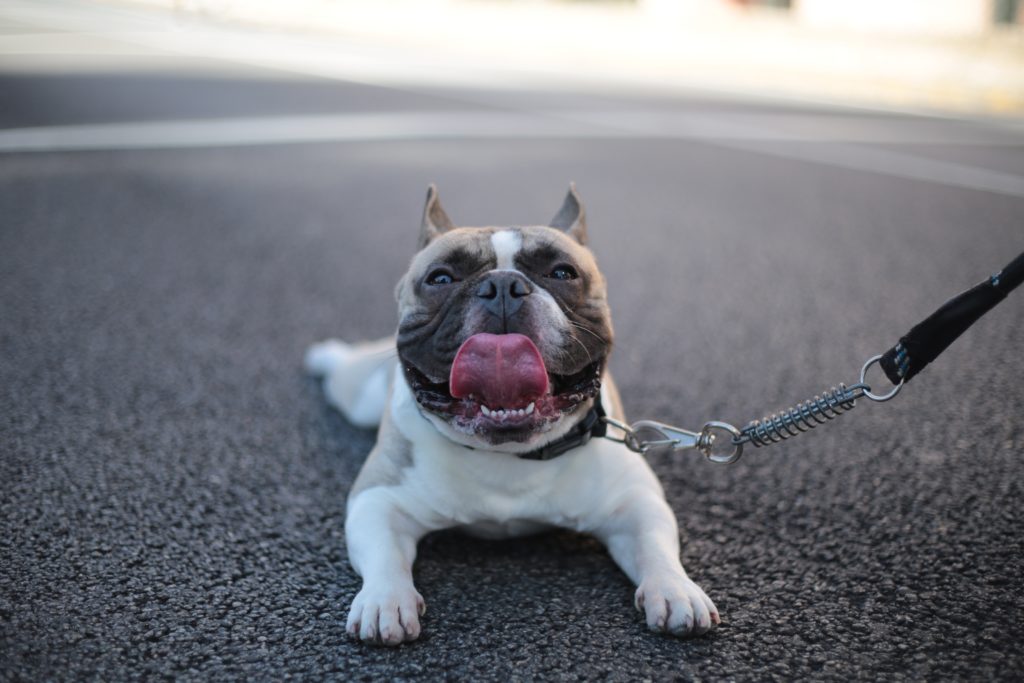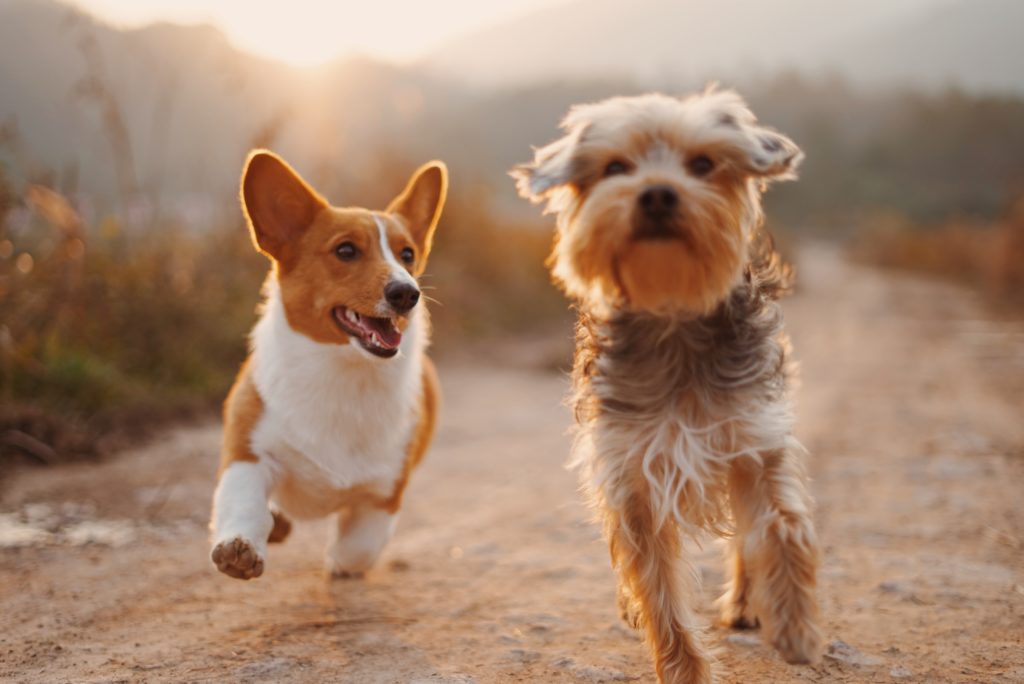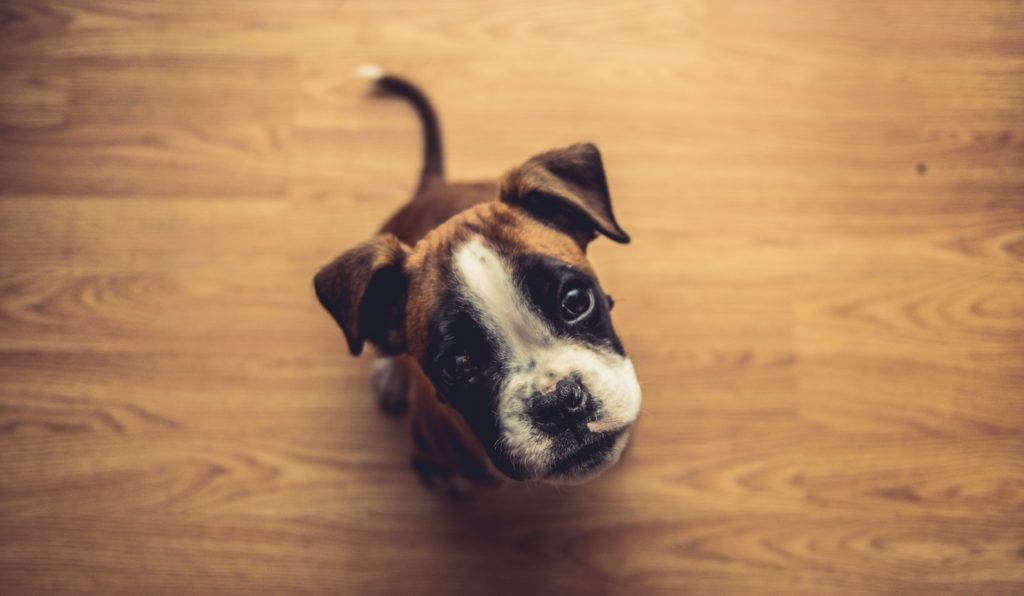Pleading adorably isn’t called “giving someone puppy eyes” for nothing: dogs have a way of wheedling extra love, time, walks, and yes – even treats – out of their pet parents with little more than a soulful look. While generously handing out treats to a canine companion can make him happy in the short term, it’s important to know some safe, responsible limits too. But how much is too much? Most dogs will happily chow down on treats until they are full, and even ignore their food to do so – which means it’s up to dedicated dog owners to lay down the law.
 Snacking Guidelines For Dogs: How Many Treats Should I Give My Dog Per Day?
Snacking Guidelines For Dogs: How Many Treats Should I Give My Dog Per Day?
- Keep His Size in Mind: For small-breed pups, even a little treat will quickly add up to fill his stomach. In order to prevent dog weight gain, stick to treats formulated specifically for dogs his size, be sure to read the manufacturer’s suggestions for the daily amount recommendation, and avoid table scraps. Oily or fatty “human food” like meat scraps can have a laxative effect, even in minute amounts, for smaller dogs.
- Enforce Consistent Treat Limits: While pet parents may find it fun to spoil their dogs, be sure to keep indulgences limited to non-edible toys whenever possible for the sake of his health. Make sure that everyone involved in the pup’s care is on the same page as well: caregivers, family members, roommates, and guests should know that slipping the family pooch an extra treat could upset his stomach or send his appetite off-kilter.
- It All Comes Down To Diet: The easiest way to figure out the perfect amount of treat-to-food ratio for your dog is to follow the 90/10 rule: essentially, the calories in the treats given to a dog should comprise no more than 10% of his diet. Owners just need to use the same method they would use if they were on a diet: check the dog’s food bag or can (or the manufacturer website) for the nutrition info on his food. This information should have calories contained in each serving of dog food, so simply multiply by how many servings he eats a day to determine overall calories. If, for example, your dog eats approximately 1,500 calories of his dog food every day, and a medium Milkbone brand treat has 40 calories, he should have no more than four treats per day (approximately 160 calories).
- Timing Helps Digestion & Appetite: Just as human children are told not to ‘ruin their appetite before dinner’ by eating too many snacks, too many dog treats before feeding time will diminish a pup’s appetite. While it can be difficult to be on a consistent schedule for treats, try not to give the family dog several snacks before mealtime. They’ll feel artificially full and won’t get the proper balance of nutrients they need from their food. A treat first thing in the morning may also leave him a little spoiled, and he may act out if his owner fails to give it to him regularly, especially if it becomes a habit. For the best results, mix up treat times to keep the tasty goodies feeling like actual treats, rather than entitlements.
 Dog Owners & Administering Treats: A Helpful FAQ Guide
Dog Owners & Administering Treats: A Helpful FAQ Guide
Q: What if I’m training with dog treats?
A: Many dog owners use treats to reinforce good behavior in their dog, whether it’s performing a trick on command, coming when they’re called, or teaching your canine to sit. Instead of handing over whole treats to your dog to reward them, try these alternatives:
- Praising with words, pets, or head/belly scratching instead of food.
- Offering some time with a favorite non-edible toy or a game of fetch.
- Using pieces of their kibble instead of higher-calorie treats.
- Swapping with a vet-approved fresh substitute, like apple slices or carrot sticks.
- Breaking up larger treats into smaller pieces to allow more praise with minimal calories.
Q: What if my dog acts up without treats?
A: It’s a bad behavioral reinforcement to try to “quiet down” your dog with treats: he will quickly learn that barking or whining equals a treat. Instead, preemptively give dogs an enrichment item: for example, a toy or puzzle designed to keep them occupied. Try these popular canine enrichment techniques the next time a beloved pooch is acting out and demanding attention:
- An interactive “slow feed” bowl, with raised partitions that require a dog to hunt for kibble within his own food bowl.
- Put his kibble into toys, hollow balls, or scatter throughout his living area to encourage him to hunt down his food.
- Use a Kong-style toy, fill it with watered-down peanut butter, and place in the freezer for a fun, tasty “pupsicle” to enjoy when the weather turns warm.
- Use internet-enabled treat dispensing machines to control the amount of treats and timing from afar – even when you’re at work.
With some forethought and careful planning, owners can provide dogs with the treats he enjoys in an amount that’s reasonable and healthy for a canine’s nutritional needs. While they’re not quite doggie “junk food,” remember that too many can pack on the puppy pounds and leave your canine companion in less than optimal shape.
You can also try our all-natural CBD dog treats that are not only tasty treats for your dog but also provide potential CBD benefits.
Sources Cited:
Burke, Anna. “How Many Treats Can Your Dog Really Have?” American Kennel Club (AKC).org, January 11, 2018, https://www.akc.org/expert-advice/nutrition/how-many-treats-can-dog-have/. Accessed April 28, 2019.
Schlossnagle, Laurie. “Mental Stimulation Ideas For Dogs.” The Modern Dog Trainer, May 21, 2015, https://www.themoderndogtrainer.net/mental-stimulation-ideas-for-dogs/. Accessed April 28, 2019.
“How many treats should I give my pet?” Pets.WebMD.com, (no publish date),
https://pets.webmd.com/qa/how-many-treats-should-i-give-my-pet. Accessed April 28, 2019.




